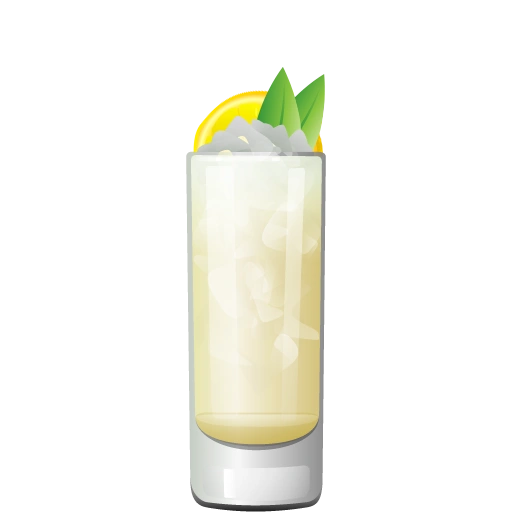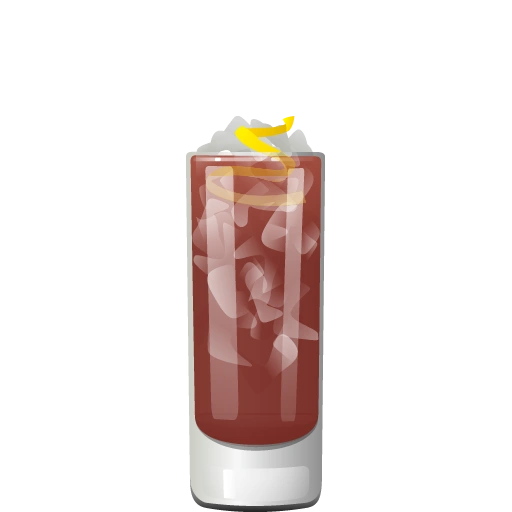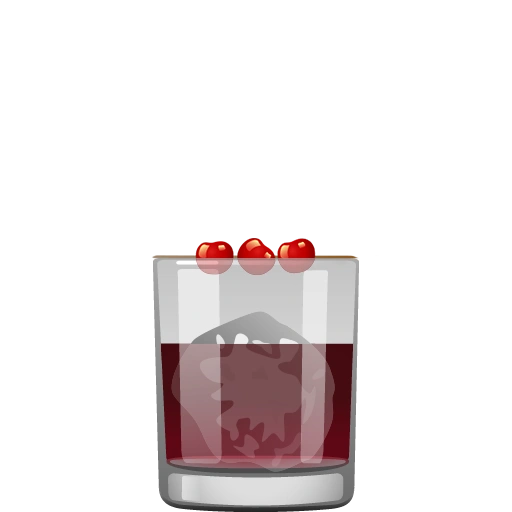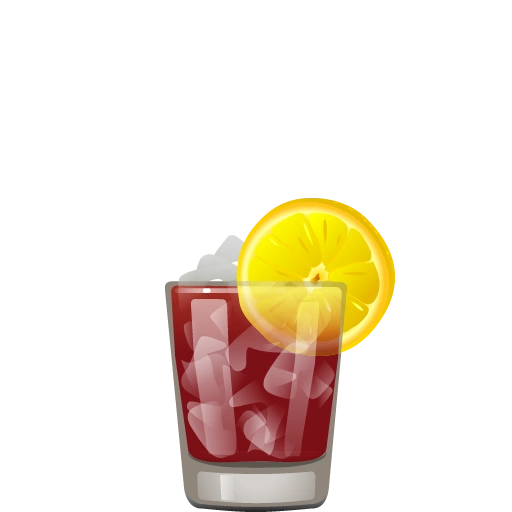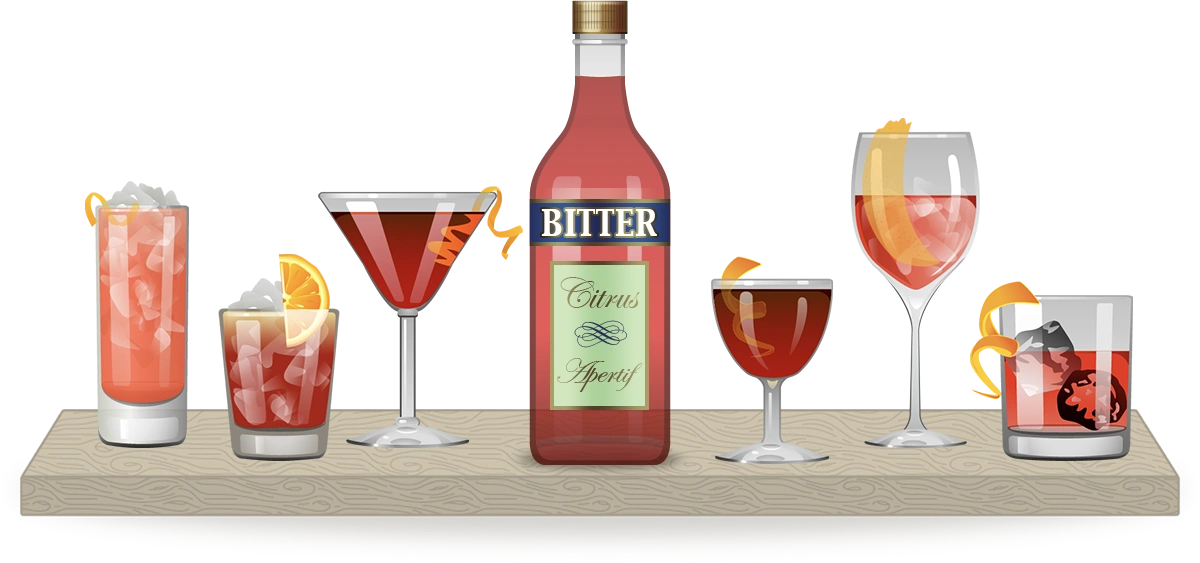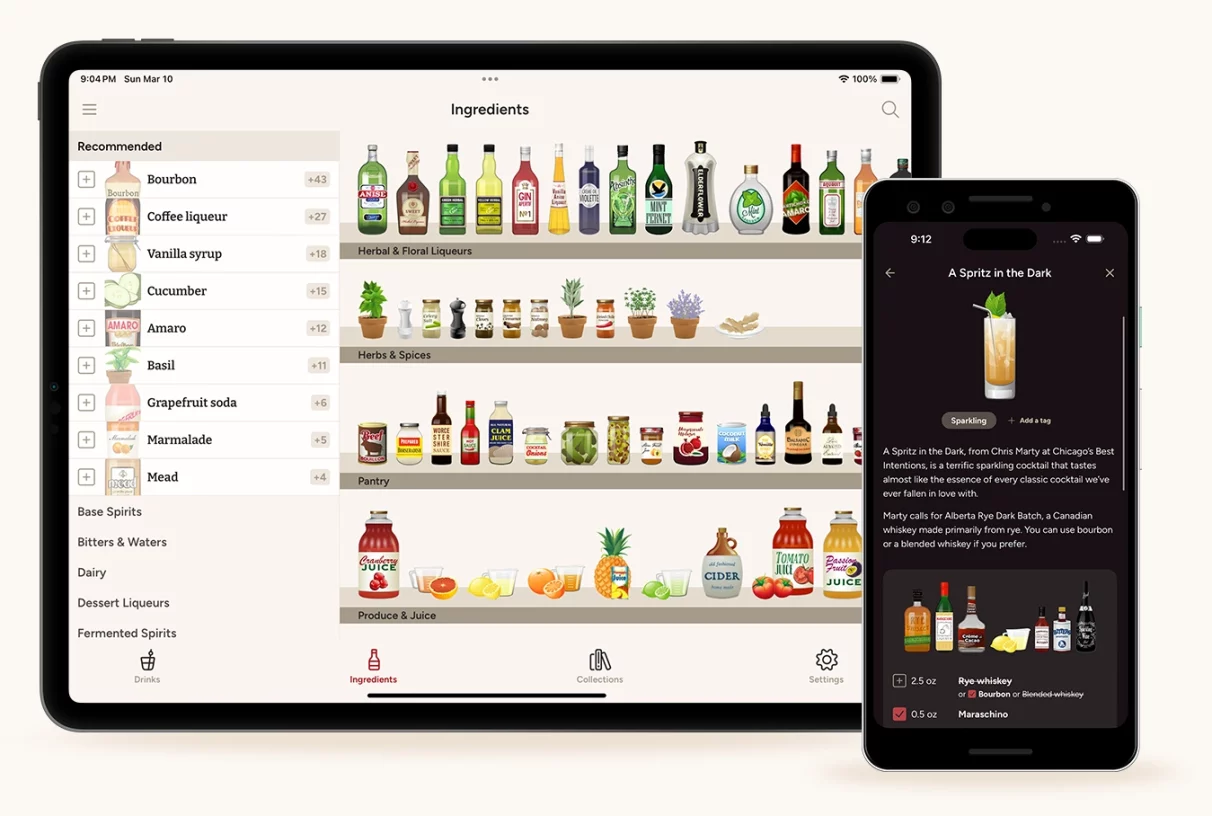In the Northern Hemisphere, the grape harvest season goes from August to early November. Starting at the end of summer, vineyards and wineries work around the clock to pick and prepare grapes for their wines. It’s grueling work that rests on the experience of winemakers to know exactly when to begin it; no AI or spreadsheet can replace this human knowledge. The best way to appreciate this work is to drink a glass of your favorite wine, of course – but the next best thing is to try it in a cocktail!
White wine
The season begins in late summer with the harvest of white wine grapes like pinot gris, Chardonnay, and Sauvignon blanc. The grapes themselves are typically white or green, but not always. Some red grapes are used in the production of white wine. The defining characteristic is that the wine “must” (the pulp, juice, and seeds of the grape) is not permitted to stay in contact with the skins, lest it be stained with their color.
A classic Spritzer is the ideal way to appreciate wine in a cocktail, with just a bit of carbonation and lime juice for brightness. The Kir is another standard, with just a touch of crème de cassis to add a fruitiness to the wine. A Scented Stretch is a new recipe with a vintage flavor, pairing the flavors of honey and elderflower with a crisp white wine.
Pears are grapes are harvested in the same season, and their flavors naturally complement each other. Try out the combination in the Harvest Pear, which ties them together with sweet amaretto, or in the Canary Nest, which introduces cinnamon syrup.
Rosé wine
Rosé wine is made from red grapes; unlike red wine, the must in only permitted to be in contact with the red grape skin just long enough to pick up a rosy hue. From then on, it’s fermented and produced in the same style as white wine, keeping it crisp and fruity.
Rosé is just as good as white in a Spritzer, but the Sake Spritz takes it to another level with the addition of elderflower liqueur and sparkling sake. The Garden State Julep uses apple brandy for an autumnal flavor, but keeps things light and refreshing with lemon syrup and fresh mint. Later in winter, the abundant fresh citrus makes it a perfect time to enjoy Coastal Grooves, with its lime, lemon, and blood orange juices.
Sweet or bitter citrus apéritifs like Aperol or Campari are a striking pair with rosé, both in color and flavor. Try the Rivington Punch for a gentle introduction, or skip to the Rosé Negroni for a more intense version that calls for three different versions of rosé wine – standard, sparkling, and apéritif!
Red wine
Finally, we come to red wine. Harvested latest in the season, these red grapes are processed into must with the skin left in the mix to impart a rich red color and mouth-puckering tannins. Red wine has the longest fermentation of all types, and so gains the greatest complexity of flavor.
Red wine is drunk all over the world, but it may have been the Spanish who were the first to widely mix it in drinks. Tinto de Verano means “red wine of summer,” but we drink it (and its cola cousin Kalimotxo) all year long. And we mustn’t forget the Italians; the Giostra d’Alcol is perhaps this writer’s favorite red wine cocktail of all time!
Of course, it didn’t take the Americans long to put their own spin on wine cocktails – the deliciously fluffy New York Sour is a classic that dates at least as far back as the mid-1800s, and the lesser-known Bishop (a sort of rum-wine sour) is only a little newer than that. More recently, the Red Moon Over Manhattan has become one of our personal favorites, bringing bourbon and orange to the party.
Sangria is a timeless mix of wine and fruit, and naturally some cocktail recipes have emerged to riff on that flavor profile; our favorite of those is the Double Derby, with black tea, cassis, and citrus. The Everyday Superhero is a milder take on the template, with muddled blackberries sweetening the red wine and disguising the presence of a full serving of brandy.
Do you have a favorite wine cocktail recipe that we’re missing? Hop in our Discord and let us know, or help us test our backlog of wine cocktail recipes!
